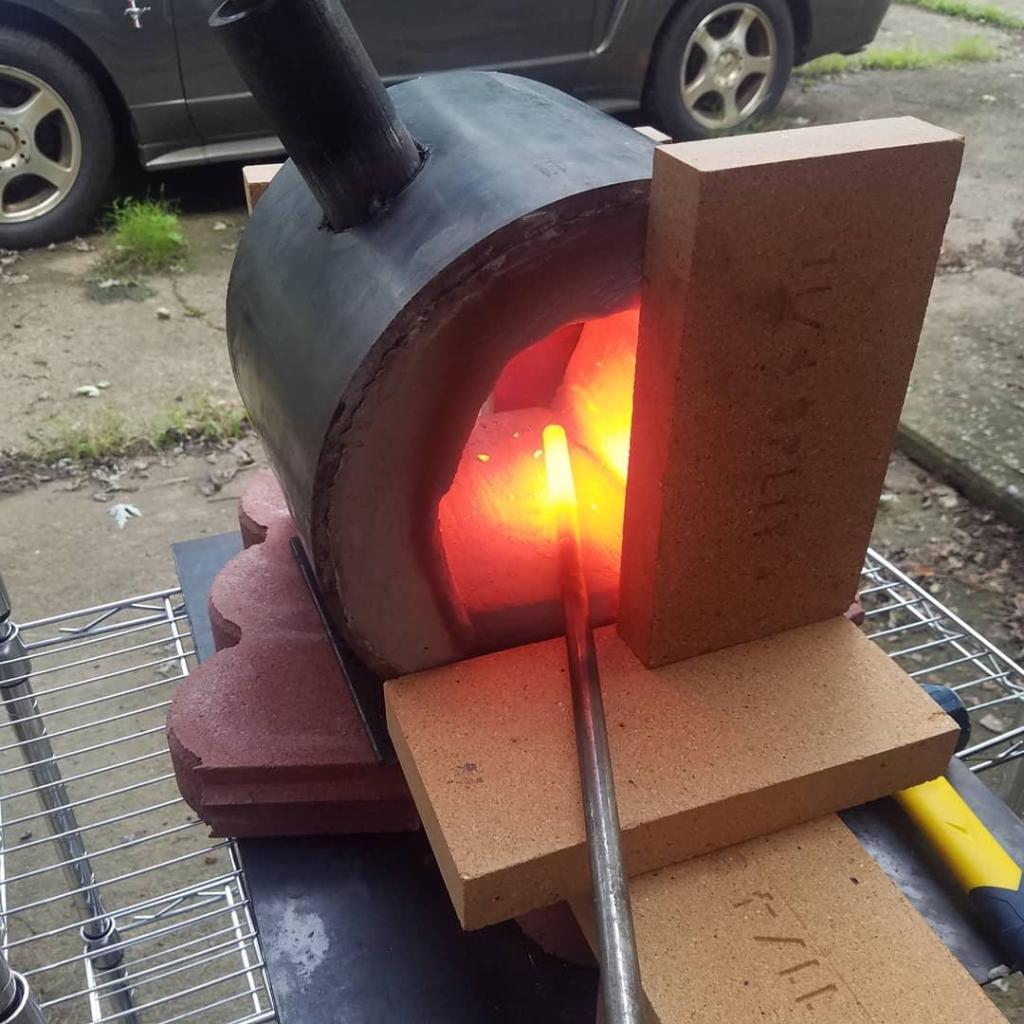As a blacksmith, one of the most important aspects of your work is to ensure that you have an even heat distribution in your forge. Uneven heat can lead to poor quality products and ultimately impact your business negatively. This article will provide some insight into how to achieve even heat distribution in your forge.
Firstly, it is essential to understand what causes uneven heat distribution. One of the most common culprits is a poorly designed forge. If the shape or size of your forge is not appropriate for the work you are doing, then this can cause hot spots and uneven heating. It’s essential to choose a forge that fits your needs precisely.
Another cause of uneven heating is airflow. Airflow affects how much oxygen gets into the firepot and therefore how hot it burns. If there isn’t enough airflow, then parts of the coal bed won’t ignite correctly, leading to cold spots in the fire pot.
The type of fuel used also plays a role in determining how evenly heated your forge will be. Different fuels burn at different temperatures and rates, so it’s crucial to select one that suits your needs best.
Now let’s dive into some tips on achieving even heating:
1) Use multiple burners: Using more than one burner can help ensure even heat distribution across larger areas by creating more flames with which to distribute heat throughout the workspace.
2) Maintain consistent fuel levels: Consistent fuel levels are vital for maintaining even temperature across all areas because they prevent sudden changes from occurring due to fluctuations caused by adding fuel or removing ash buildup mid-session.
3) Proper use of dampers: Dampers regulate airflow through vents located on either side or top/bottom ends depending upon design specifications; opening these up during firing allows more oxygen into combustion chamber while closing them off restricts air supply thus controlling overall temperature accordingly
4) Correct placement: Ensure items being worked on are positioned within optimal range where ambient temperature remains consistent without being too close or far away from heat source.
5) Regular cleaning: Clean out ash and debris regularly to prevent build-up from interfering with even heating.
6) Use a reliable thermometer: Using a digital or analog thermometer can help ensure that you are maintaining the desired temperature throughout your work session, which is essential for achieving consistent results.
It’s also worth noting that uneven heating isn’t always bad. Sometimes an unevenly heated forge might be desirable depending on what you’re working on. For example, if you’re forging a knife blade, it might be useful to have one section of the forge hotter than others so that you can focus on only heating up certain sections of the blade at a time. However, this will depend entirely on your individual requirements.
In conclusion, achieving even heat distribution in your forge is critical to producing high-quality products consistently. By following these tips and tricks outlined above, blacksmiths can ensure that their work is not hindered by hot spots or cold spots in their furnaces. Remembering to choose a well-designed furnace, monitoring fuel levels carefully while using dampers appropriately along with regular cleaning and utilizing thermometers as needed will help blacksmiths achieve optimal temperature control required for successful metalworking operations!
